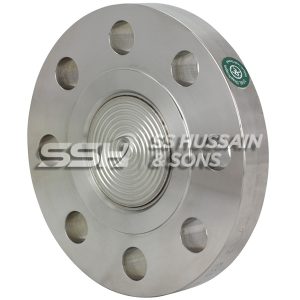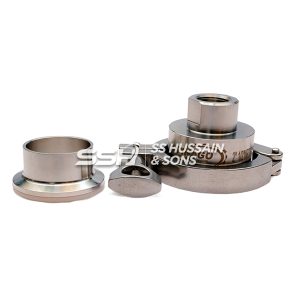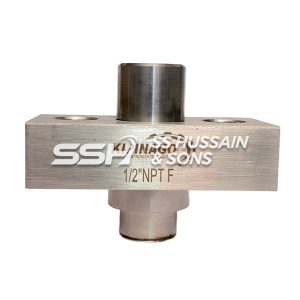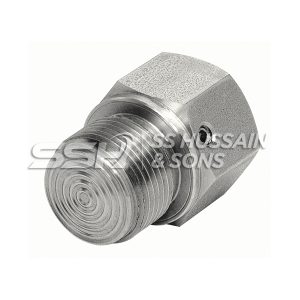Showing all 7 results
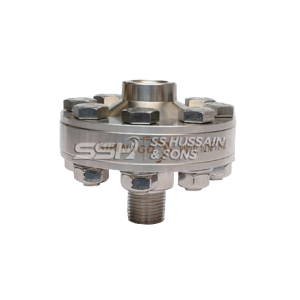
Diaphragm Seal with Threaded Connection Model: 990-10
Read More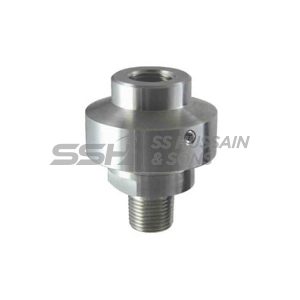
Model 990.38 ½” NPTF X ½” NPTM
Read More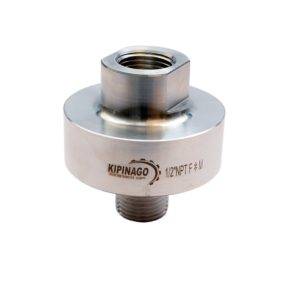
Welded Design Diagraphm, Economic Design
Read MoreWHAT IS A DIAPHRAGM SEAL?
A diaphragm seal is like a thin, flexible membrane that covers an enclosure. It’s for keeping the pressure instrumentation separate from the media being measured.
A gauge diaphragm seal is usually connected to a pressure gauge to keep the mechanical part safe from hot and acidic media or when the process doesn’t work well with the material of the instrument.
It also is used in connection to pressure transmitters and a pressure switch as well.
Because these membrane-like materials are meant to be flexible, they are made with elastomers and other special rubbers that make them both flexible and enable a protective feature.
USE OF A DIAPHRAGM SEAL
This chemical seal extends the operating life of pressure measurement instruments while preventing any changes in the readings.
First, it keeps the pressure-measuring devices safe from coming into contact with the media (fluid or gas). It also helps to prevent issues like clogging, crystallization, and corrosion in the instruments. Secondly, it safeguards the sensors from extreme temperatures.
A diaphragm seal with a capillary is a special instrument that uses a small tube to connect a sealed system to a pressure instrument. So again this also contributes to protecting the devices linked to it.
The capillary is a flexible tube that can be bent without blocking the flow of the internal fill, which helps to maintain accuracy.
A diaphragm seal is useful when you want to shield a pressure sensor from the fluid it’s measuring, or vice versa. For example, fluid buildup could affect purity in pharmaceutical and food processes. The petrochemical industry requires diaphragm seals and capillaries when the metal sensor surface could contaminate a pure fluid.
TYPES OF DIAPHRAGM SEALS
These gauge guards are categorized based on their process connection.
We have ones with threaded connections that may be mounted to pressure devices or a cooling element. Even within this type, several subtypes are depending on its application. It has numerous key features like interchangeable lower parts and internally welded diaphragms. Additionally, you can find it in compact designs in the market.
The flange connections are traditionally for direct mounting the seals on pipes and tanks and may be used alongside a capillary.
For sanitary applications, the chemical seals typically used are with sterile connections to ensure hygienic conditions. It avoids the development of bacteria therefore is appropriate to use in the food and beverage industry where avoiding contamination is crucial.
Inline diaphragm seals take the place of the process “T” to make the flow better. This lowers the risk of diaphragm damage and keeps your investment safe. In the long run, they also stop bacteria from growing and media from building up in the diaphragm.

